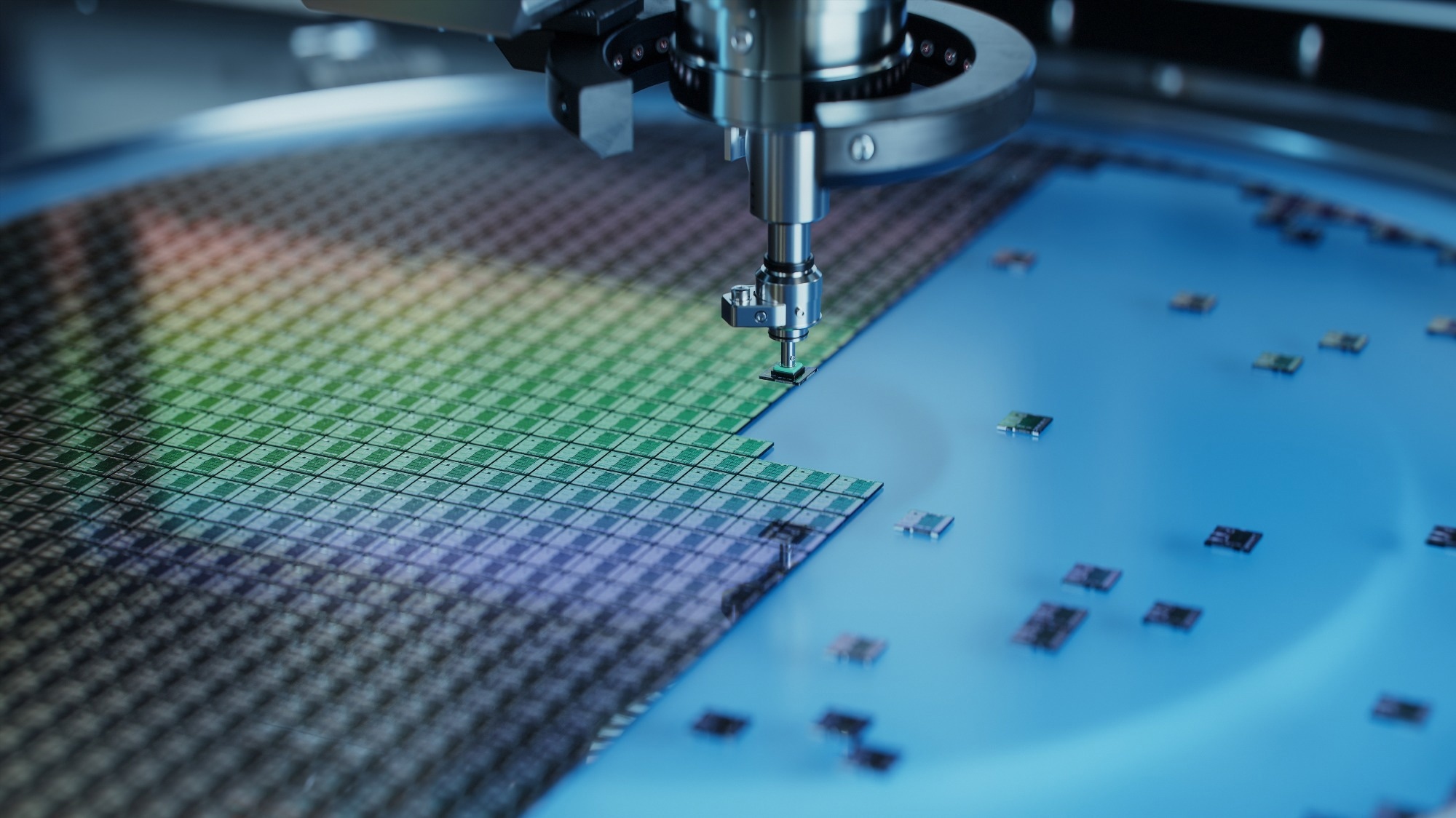A recent article in Microsystems & Nanoengineering presented a method for fabricating platinum thin film resistance temperature detectors (RTDs) using Al2O3 as the transition layer. The RTDs were fabricated on a SiC substrate, utilizing aluminum nitride grooves for alignment through microfabrication techniques.

Image Credit: IM Imagery/Shutterstock.com
Background
The aerospace, automotive, and environmental sectors often face harsh conditions such as high temperatures and corrosion. Thus, real-time in-situ temperature and pressure monitoring of critical components is essential for material selection and failure analysis.
Traditional temperature and pressure sensors tend to be bulky and costly, creating a need for on-chip integrated sensors that can handle both tasks. Moreover, high-temperature pressure sensors require the use of third-generation wide-bandgap semiconductors like SiC rather than conventional silicon substrates. However, the accuracy of SiC-based pressure sensors is affected by temperature drift, which can be addressed through in-situ temperature compensation.
Pt resistors exhibit high precision and linearity over a wide temperature range. Thus, this study explored Pt-based sensors on SiC substrates, incorporating an Al2O3 intermediate layer. AlN film was employed to improve the adhesion between the Pt and Al2O3 films and securely anchor the RTDs.
Methods
Al2O3 and Pt films were deposited sequentially on a SiC wafer through radio frequency (RF) and direct current (DC) magnetron sputtering, respectively, without breaking the vacuum. Post-dicing, each chip device measured 7.5×7.5 mm2.
The chip was annealed in air for 1.5 hours at various temperatures (650, 750, 850, and 950 °C) and cooled within the furnace. The chip was then mounted on an alumina substrate for further testing.
The interfacial diffusion and crystal orientation of the Pt films were examined through Lorentz transmission electron microscopy (TEM), while their surface microtopographies were characterized by field-emission scanning electron microscopy (FESEM). Additionally, the cross-sectional micromorphologies and thicknesses of the Al2O3/Pt double-layer films were determined using FESEM.
Furthermore, surface roughness, crystal information, and square resistance of the Pt film were characterized by atomic force microscopy (AFM), X-ray diffraction (XRD), and a four-point probe tester, respectively.
A programmed high-temperature furnace was employed to create a testing environment ranging from 0 to 800°C for the prepared sensor. The sensor was held at each temperature point for 30 minutes, after which resistance and temperature readings were recorded using a multimeter system. This data was then analyzed to calculate the sensitivity, measured as the temperature coefficient of resistance (TCR) and the linearity (R2) of the Pt thin-film RTD.
Results and Discussion
The Lorentz TEM images exhibited a smooth and clear cross-section of the Al2O3/Pt multilayer film with a stable interface between the Al2O3 and Pt films. Additionally, no mutual diffusion occurred between the Pt film and SiC substrate after aging in air at 950 °C for 1.5 h on adding the thin Al2O3 layer. The thickness of this layer was only 8.19 nm, revealed by SEM images.
In SEM images, the Pt film surface appeared dense with a uniform cross-section, indicating the good quality of the deposited film. The film surface remained dense after annealing at 650 °C. However, the surface started deteriorating when the annealing temperature exceeded 750 °C.
Holes and islands were evident in FESEM and AFM images at high temperatures due to the self-diffusion of Pt and thermal stress, also depicted in AFM. The XRD patterns depicted the close relationship of the self-diffusion rate of Pt films with the temperature, oxygen, and adhesion to the substrate. The Pt film surface became rough with increasing annealing temperature, thereby decreasing the TCR and linearity of the Pt RTD.
The square resistance and grain size of the Pt film annealed below 750 °C was significantly low, exhibiting film resistivity’s dependence on grain growth. However, beyond 750 °C, the Pt film’s square resistance increased due to agglomeration. Notably, the resistivity remained inversely proportional to the TCR below 650 °C but not at higher annealing temperatures. Thus, 650 °C was chosen as the optimal annealing temperature for Pt thin films based on the repeatability and linearity data.
The Al2O3/Pt bilayer film with a Pt thickness of 242.7 nm prepared on a SiC substrate demonstrated excellent electrical properties when annealed in air at 650 °C. Moreover, the TCR further increased with increasing Pt film thickness. The overall working range of the Pt RTD sensor reached 850 °C with a higher TCR than previous literature reports, attributed to the lack of mutual diffusion between Pt and the substrate.
Conclusion
The researchers successfully employed a microfabrication method to develop Pt thin-film RTDs on SiC substrates, incorporating additional Al2O3 layers and AlN grooves for secure anchoring. The Al2O3/Pt bilayer film interface remained stable on the substrate at 950 °C, exhibiting the high-temperature electrical performance of the prepared RTDs.
The prepared RTDs operated effectively beyond 850°C, showing high linearity and a TCR of 2.845 × 10−3/°C. The researchers suggest further enhancing the temperature resistance of the Pt film by suppressing agglomeration at high annealing temperatures. Overall, this research provides a strong foundation for integrating Pt RTDs with SiC pressure sensors on a single chip.
Journal Reference
Fang, Z., et al. (2024). Pt thin-film resistance thermo detectors with stable interfaces for potential integration in SiC high-temperature pressure sensors. Microsystems & Nanoengineering. DOI: 10.1038/s41378-024-00746-w, https://www.nature.com/articles/s41378-024-00746-w
Disclaimer: The views expressed here are those of the author expressed in their private capacity and do not necessarily represent the views of AZoM.com Limited T/A AZoNetwork the owner and operator of this website. This disclaimer forms part of the Terms and conditions of use of this website.